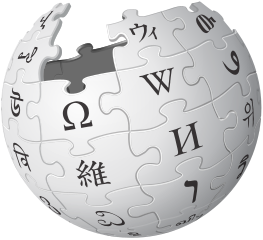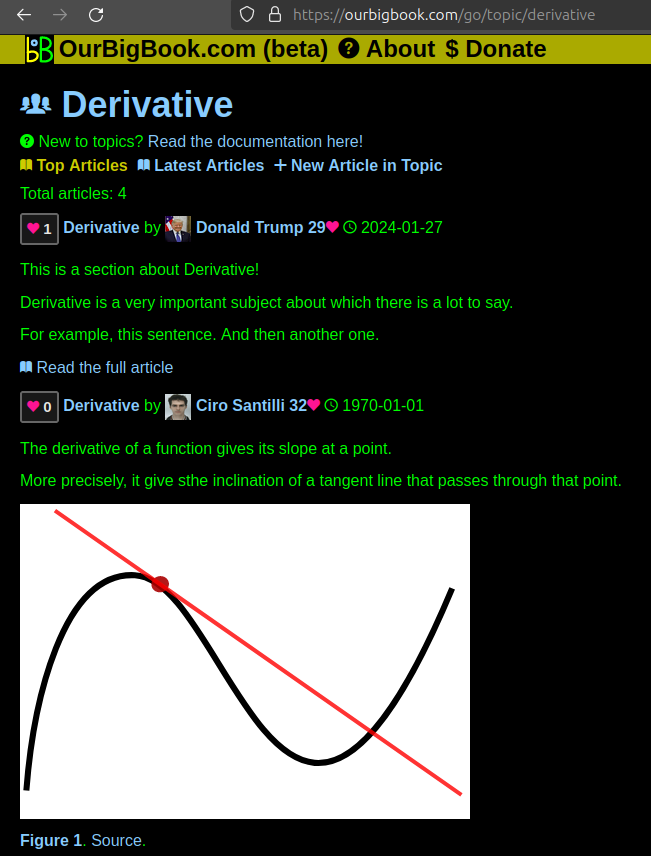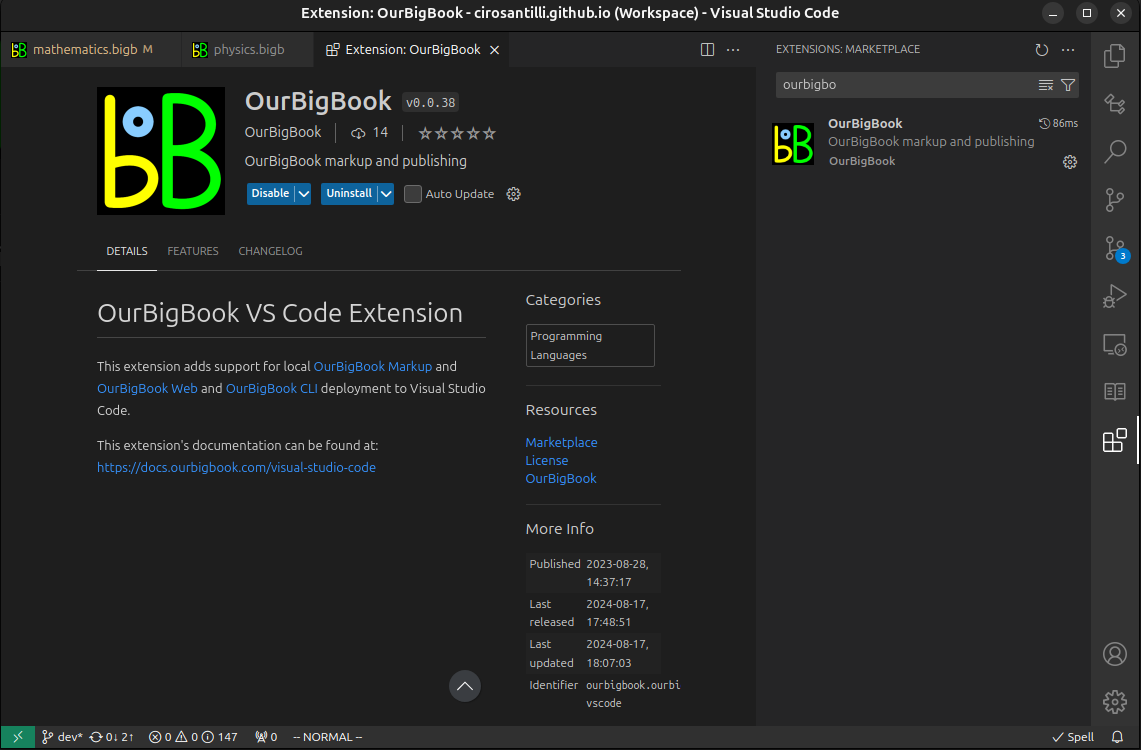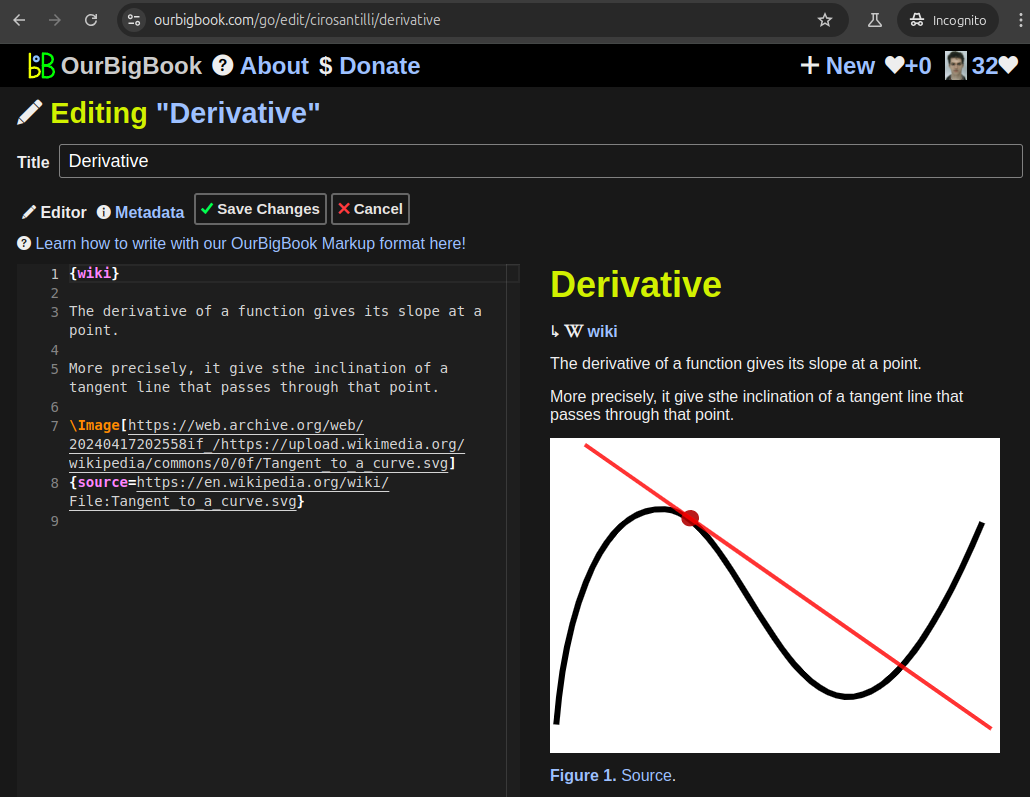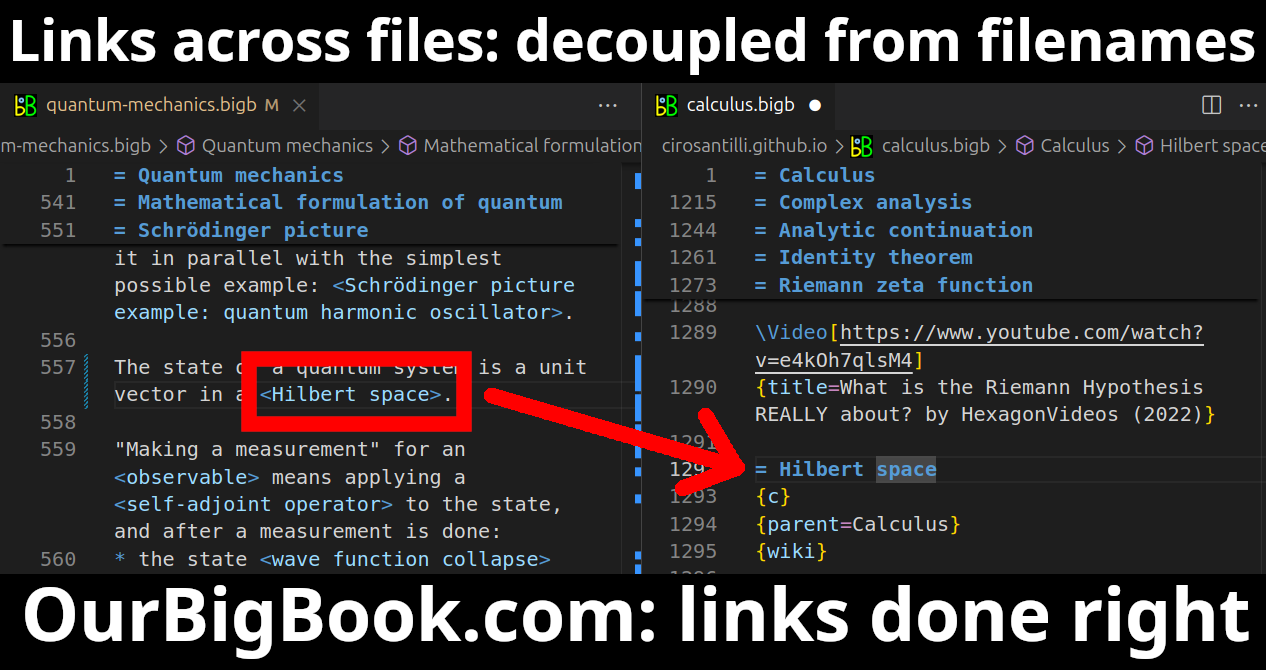The Clarke number is a measure used in the field of group theory, particularly in the study of simple groups. It is named after mathematician Marshall Hall Jr. and is defined as the minimum number of members needed in a sequence of certain types of groups to generate a simple group. In practical terms, the Clarke number signifies the complexity of a simple group regarding how it can be constructed from smaller groups.
In geology, "hotspots" refer to specific locations on the Earth's surface that are characterized by volcanic activity resulting from underlying mantle plumes. These plumes are columns of hot, solid mantle material that rise from deep within the Earth, potentially originating from the core-mantle boundary. Hotspots can create volcanic islands and chains as tectonic plates move over them. As a tectonic plate shifts, the hotspot remains fixed, allowing a series of volcanoes to form in a line.
Core–mantle differentiation refers to the geological process by which a planet, such as Earth, separates into distinct layers based on differences in composition, density, and physical properties. This process is primarily observed during the early stages of a planet's formation, shortly after it has formed from the accretion of dust and gas in the protoplanetary disk. In the case of Earth, differentiation involves the separation of the planet into a dense metallic core and a lighter silicate mantle.
The lower mantle is a significant layer of the Earth's interior, located beneath the upper mantle and above the outer core. It extends from about 660 kilometers (410 miles) to approximately 2,900 kilometers (1,800 miles) beneath the Earth's surface. This region is characterized by high pressures and temperatures, which increase with depth.
"Dave Price" could refer to a few different individuals or topics depending on the context. One notable figure is Dave Price, an American television personality and meteorologist known for his work with various news stations, including CBS New York. He has also made appearances on reality television shows.
Frostbite is a medical condition that occurs when skin and other tissues freeze due to exposure to extremely cold temperatures. It typically affects fingers, toes, ears, and the nose, which are extremities that are often exposed to cold air. The risk of frostbite increases with wind chill, wet conditions, and prolonged exposure to low temperatures.
Carol Reed is a weather broadcaster known for her work in meteorology and weather reporting. While specific details about her career and background may not be widely available, she has likely been associated with various television networks or meteorological organizations, providing weather forecasts and reports to the public. Weather broadcasters like her often deliver updates on weather patterns, severe weather warnings, and provide insights into climate-related issues.
Ernie Baron was a notable Filipino television personality, weather anchor, and educator, best known for his work in broadcasting in the Philippines. He gained fame for his ability to explain complex meteorological concepts in an accessible manner, making him a trusted figure in weather reporting. Baron was also recognized for his contributions to science education and public service. His style and dedication helped to popularize weather awareness in the Philippines, and he is remembered fondly by many for his contributions to Filipino media.
Georgina Burnett is known as a British television presenter, journalist, and social media influencer. She gained popularity for her work in weather broadcasting and has appeared on various television channels, including BBC and ITV. Besides her presenting career, she is also recognized for her engaging content on social media, where she shares insights on lifestyle, travel, and well-being. Additionally, Georgina has a background in journalism and has contributed to publications in various capacities.
James Spann is a well-known meteorologist based in Alabama, particularly recognized for his work as the chief meteorologist at ABC 33/40, a television station in Birmingham. He has a prominent presence in the field of weather forecasting, especially regarding severe weather events like tornadoes and hurricanes in the Southeast United States. Spann is appreciated for his clear communication style and extensive use of social media platforms to provide timely weather updates and educational content about meteorology.
Kristian Gislefoss is not widely recognized in public domains, and there doesn't appear to be significant information available about him in popular culture, politics, science, or entertainment as of my last update. It's possible he could be a private individual or a professional in a specific field, but without more context, it's difficult to provide clarity.
Mike Larkan is an Australian television presenter and meteorologist, known for his work with various television networks, including Channel Nine. He has gained recognition for delivering weather reports and presenting news-related content. In addition to his meteorological expertise, Larkan has also participated in other television projects and events. His engaging presentation style and familiarity with Australian audiences have contributed to his popularity in the media landscape.
Siân Welby is a British television presenter and weather reporter. She is best known for her work with various UK media outlets, where she provides weather forecasts. Welby has also appeared on a range of programs, showcasing her skills as a presenter. In addition to her broadcasting career, she has a background in modeling and has a strong presence on social media.
The Maxi Biewer is a relatively new breed of dog that is a variation of the Biewer Terrier, which itself is a breed developed in Germany. The Maxi Biewer is distinguished by its larger size compared to the standard Biewer Terrier. While the Biewer Terrier typically weighs around 4 to 8 pounds, the Maxi Biewer generally ranges from 8 to 15 pounds.
Paul Deanno is a meteorologist and television weather anchor. He is known for providing weather forecasts and reports, often working for local news stations. His career may include roles in different cities, where he delivers weather updates, covers severe weather events, and engages with the community about weather-related topics.
Shizuka Ōya is a versatile Japanese actress, voice actress, and singer, known for her work in anime, television dramas, and films. She gained popularity for voicing several notable characters in anime series, contributing significantly to the voice acting industry in Japan. Additionally, her talents extend to music, where she has released songs related to her roles in various media.
Siân Lloyd is a Welsh television presenter and meteorologist, best known for her work as a weather presenter for various UK television networks, including ITV. She gained popularity for her engaging on-screen presence and has contributed to programs related to weather forecasting and environmental issues. In addition to her broadcasting career, she has a background in geography and has worked in both journalism and television production. Lloyd is also known for her advocacy on issues related to climate change and public awareness of weather impacts.
Tony Perkins is an American news anchor and television personality. He is best known for his work as a news anchor and reporter in the Washington, D.C. area. Perkins has been associated with various news outlets and has gained recognition for his journalism, particularly in local news broadcasting. Over the years, he has also been involved in community initiatives and has made appearances in various media formats beyond traditional news broadcasting.
Wincey Willis is a British television presenter and meteorologist, best known for her work on various weather-related programs. She gained prominence in the UK during the 1980s and 1990s, becoming a familiar face on channels like ITV and Channel 4. In addition to her weather presentations, she has also appeared on other television shows and participated in numerous media engagements. Willis has been recognized for her work in broadcasting and is noted for her engaging style and professionalism.
Pinned article: Introduction to the OurBigBook Project
Welcome to the OurBigBook Project! Our goal is to create the perfect publishing platform for STEM subjects, and get university-level students to write the best free STEM tutorials ever.
Everyone is welcome to create an account and play with the site: ourbigbook.com/go/register. We belive that students themselves can write amazing tutorials, but teachers are welcome too. You can write about anything you want, it doesn't have to be STEM or even educational. Silly test content is very welcome and you won't be penalized in any way. Just keep it legal!
Intro to OurBigBook
. Source. We have two killer features:
- topics: topics group articles by different users with the same title, e.g. here is the topic for the "Fundamental Theorem of Calculus" ourbigbook.com/go/topic/fundamental-theorem-of-calculusArticles of different users are sorted by upvote within each article page. This feature is a bit like:
- a Wikipedia where each user can have their own version of each article
- a Q&A website like Stack Overflow, where multiple people can give their views on a given topic, and the best ones are sorted by upvote. Except you don't need to wait for someone to ask first, and any topic goes, no matter how narrow or broad
This feature makes it possible for readers to find better explanations of any topic created by other writers. And it allows writers to create an explanation in a place that readers might actually find it.Figure 1. Screenshot of the "Derivative" topic page. View it live at: ourbigbook.com/go/topic/derivativeVideo 2. OurBigBook Web topics demo. Source. - local editing: you can store all your personal knowledge base content locally in a plaintext markup format that can be edited locally and published either:This way you can be sure that even if OurBigBook.com were to go down one day (which we have no plans to do as it is quite cheap to host!), your content will still be perfectly readable as a static site.
- to OurBigBook.com to get awesome multi-user features like topics and likes
- as HTML files to a static website, which you can host yourself for free on many external providers like GitHub Pages, and remain in full control
Figure 3. Visual Studio Code extension installation.Figure 4. Visual Studio Code extension tree navigation.Figure 5. Web editor. You can also edit articles on the Web editor without installing anything locally.Video 3. Edit locally and publish demo. Source. This shows editing OurBigBook Markup and publishing it using the Visual Studio Code extension.Video 4. OurBigBook Visual Studio Code extension editing and navigation demo. Source. - Infinitely deep tables of contents:
All our software is open source and hosted at: github.com/ourbigbook/ourbigbook
Further documentation can be found at: docs.ourbigbook.com
Feel free to reach our to us for any help or suggestions: docs.ourbigbook.com/#contact
